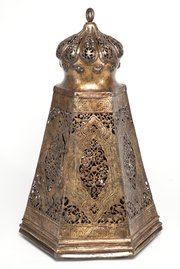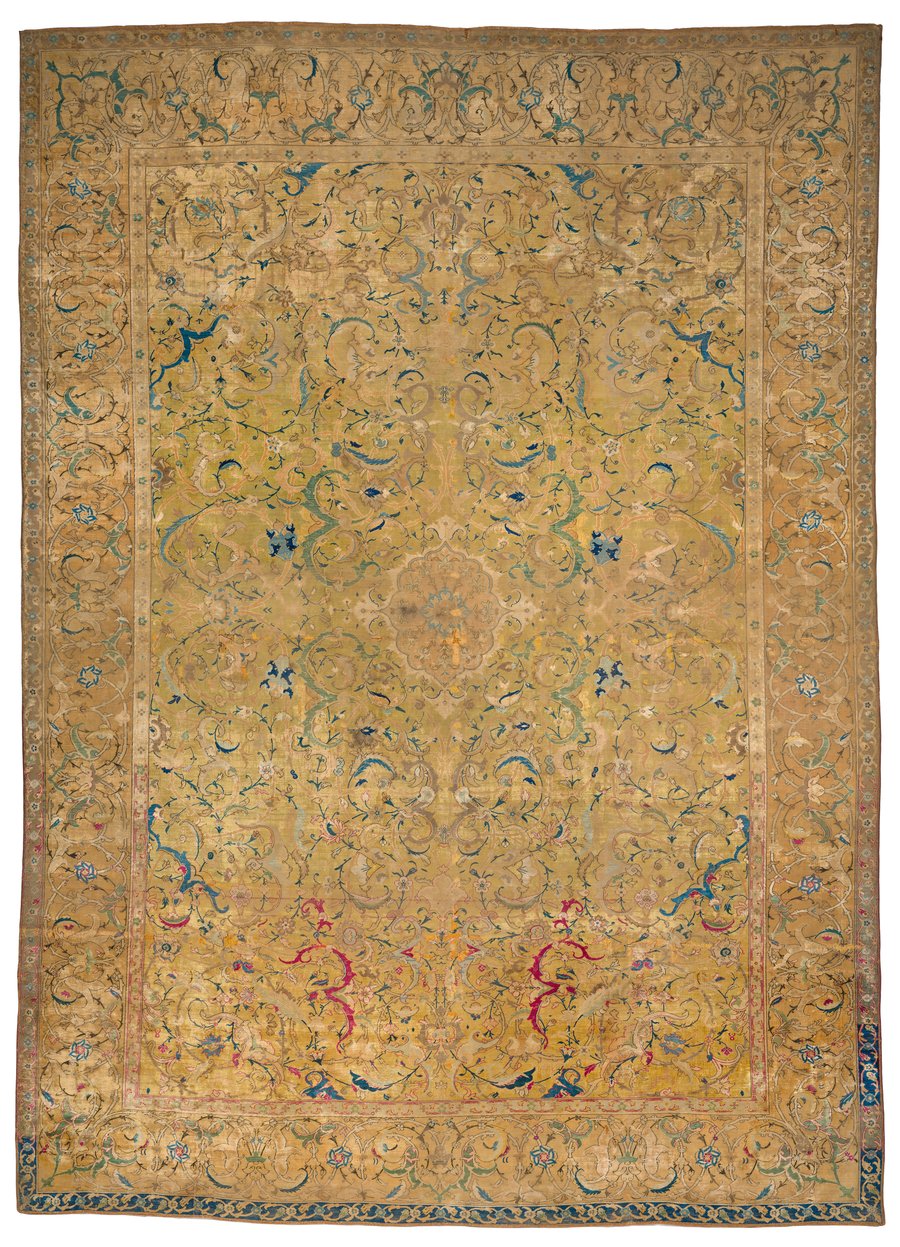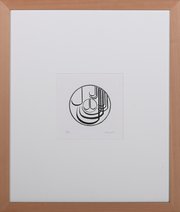
Polonaise Carpet
Museum of Islamic Art
- Title:
- Polonaise Carpet
- Production place:
- Isfahan
- Date:
- 1600
- Period:
- Safavid
- Title:
- Polonaise Carpet
- Production place:
- Isfahan
- Date:
- 1600
- Period:
- Safavid
- Material:
- Silk
- Technique:
- Weaving
- Dimensions:
- 231 × 170 cm
This is an exquisite example of so-called Polonaise carpets, which were noted for their silk pile, pastel colours, and extensive use of gold and silver metal-wrapped thread. Although produced in Safavid Iran in the 11th century AH /the late 16th, early 17th century CE, these carpets have long been known as Polonaise (Polish in French) due to a 19th century CE misattribution: when a similar carpet was exhibited at the Paris Exposition Universelle in 1878 CE, it was assumed to have been woven in Poland. However, they were produced in the court workshops in Isfahan under the Safavid Emperor Shah Abbas I. (r. 996-1038 AH/1588-1629 CE).
This carpet is exceptional not only because of its luminescence and design but also because of its material. Most of the Polonaise carpets were made of silk pile on a metal-thread ground; this carpet is made completely of fine silk. Adorned with a central medallion, which is surrounded by overlapping scrolling vines, floral and leaf motifs, the carpet’s colours have once been more vibrant. Although silk was highly valued, its colours quickly faded.
These carpets were often produced in matching pairs. Created both for the local and for the European market, they were symbols of wealth, sophistication and social prominence. Due to its finesse of weave and design, this carpet was probably intended for a dignitary or as a diplomatic gift.



